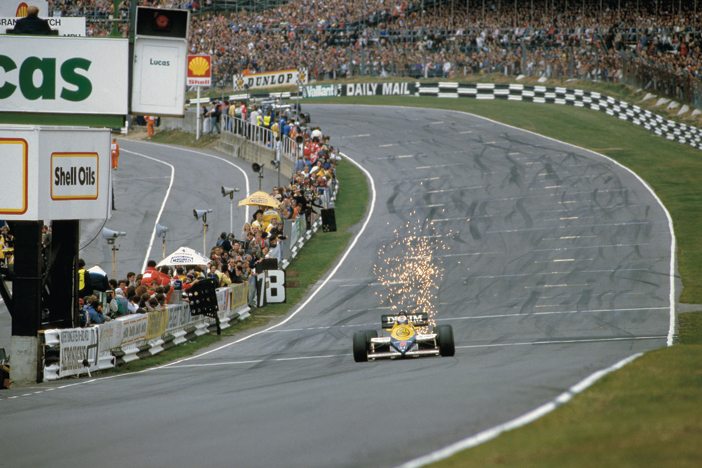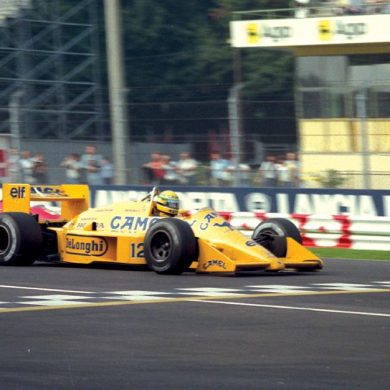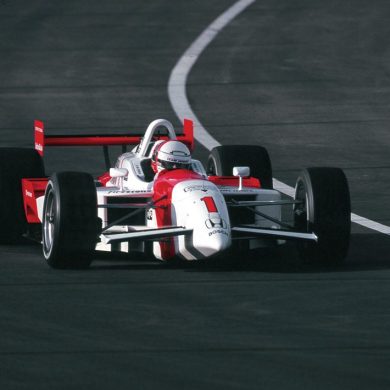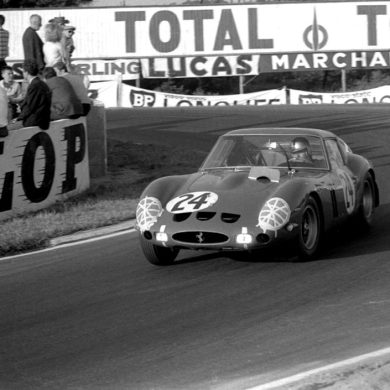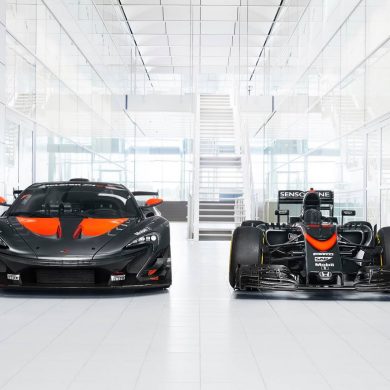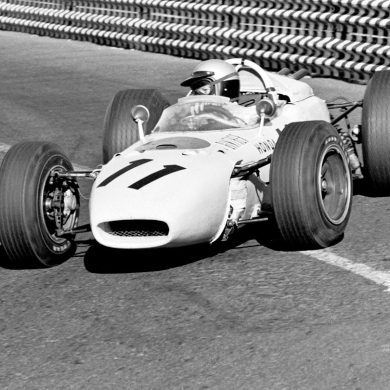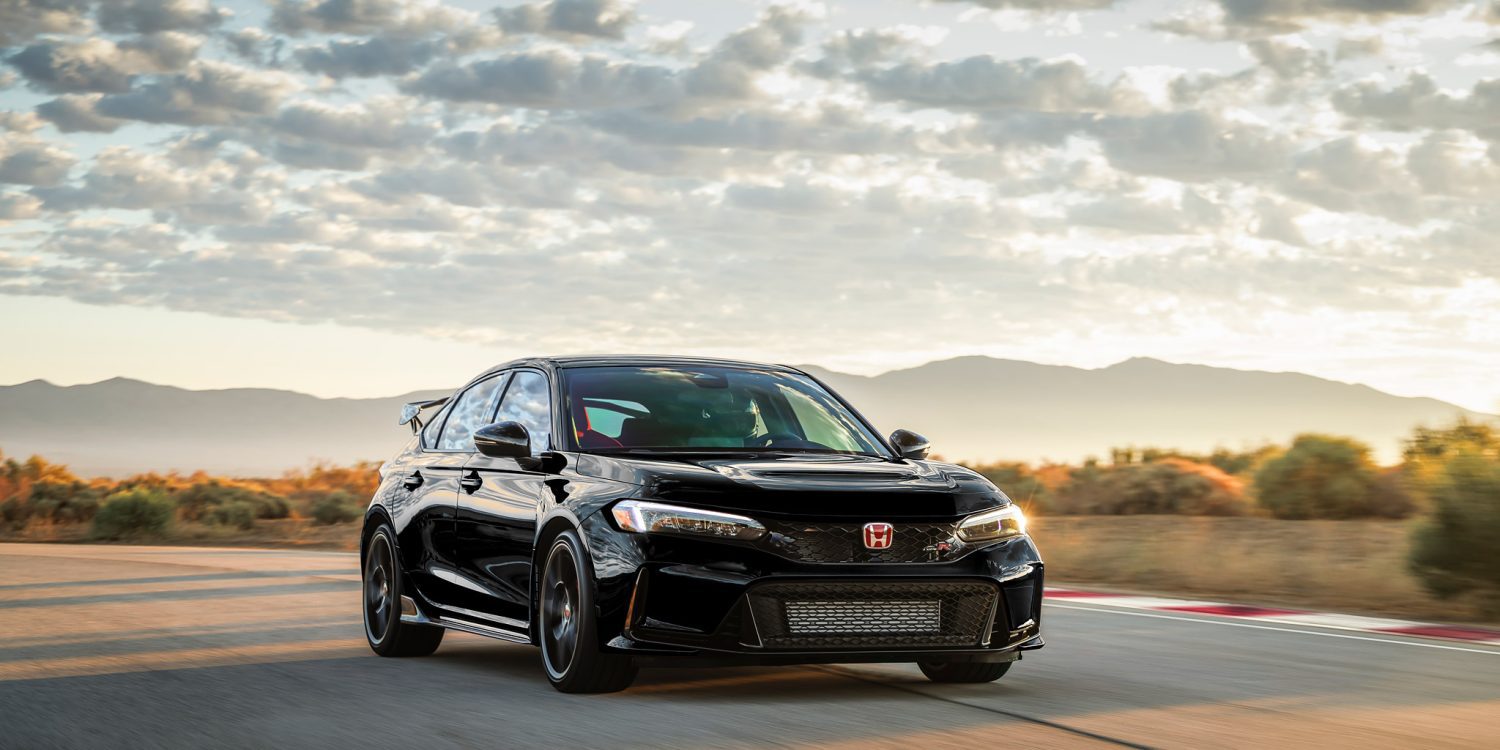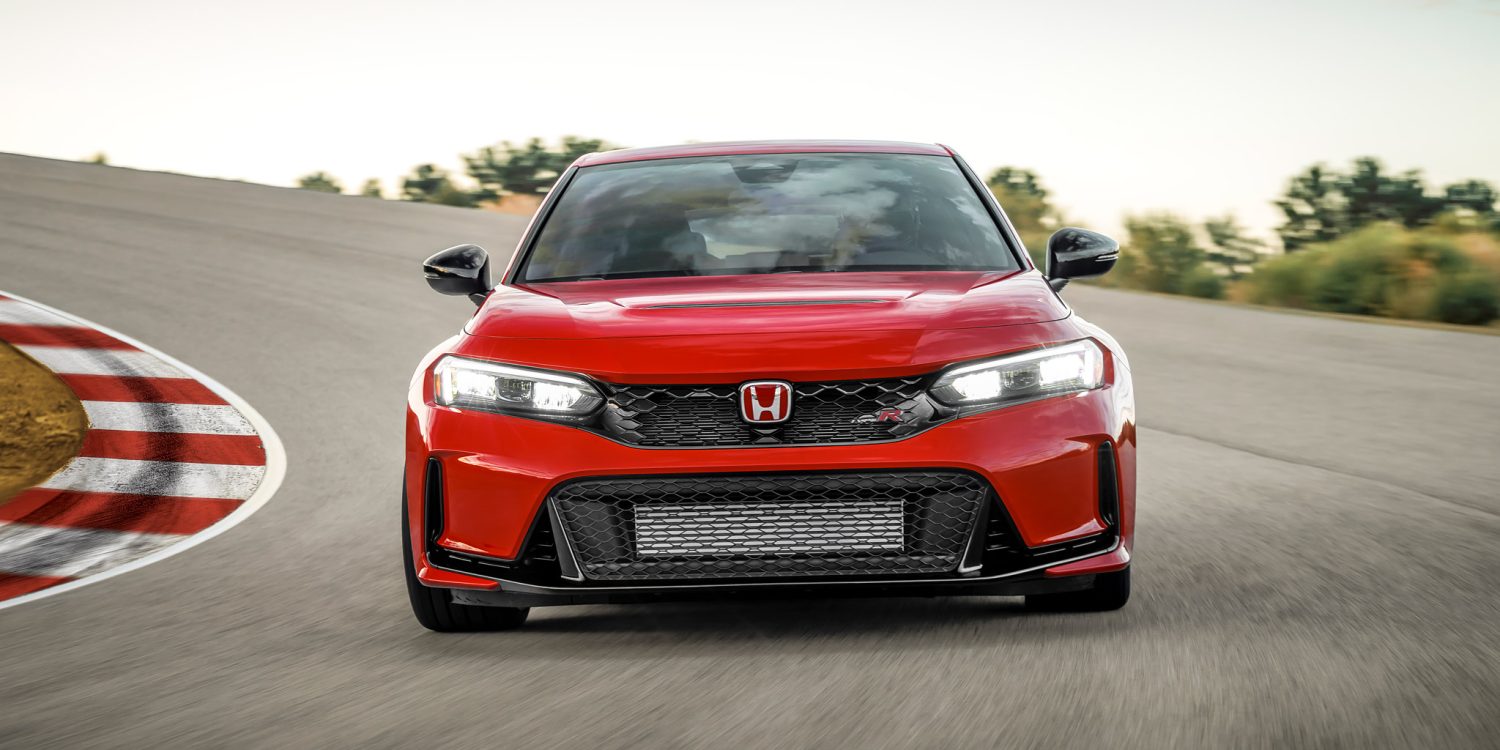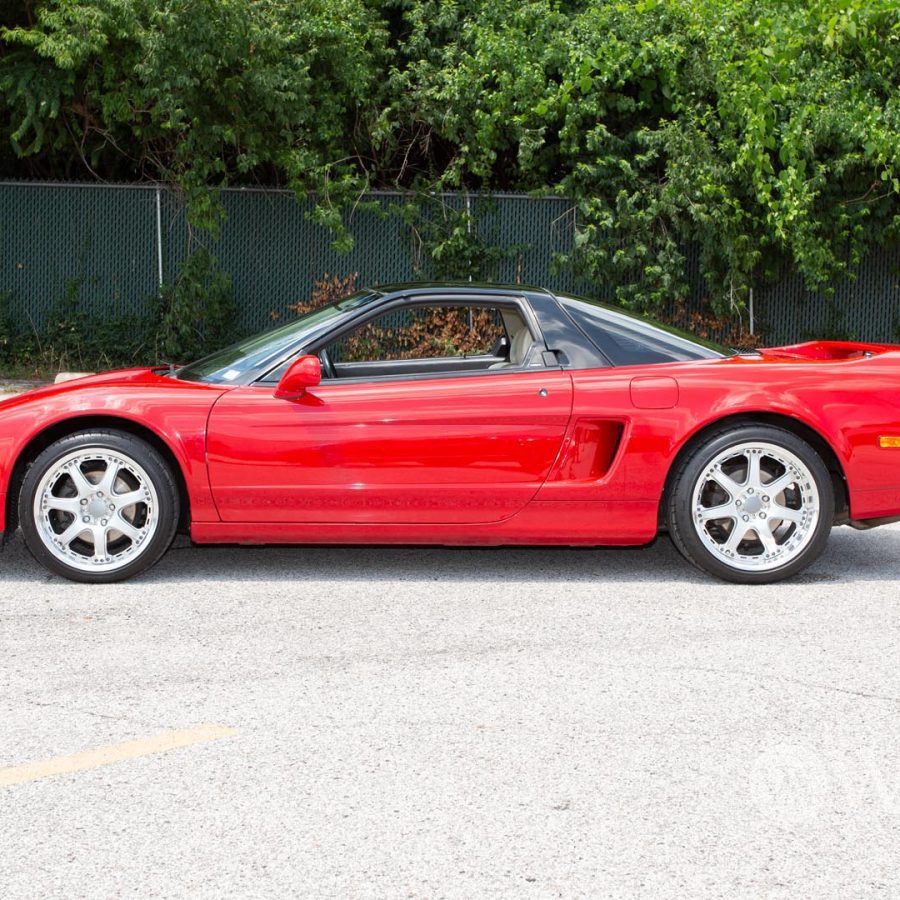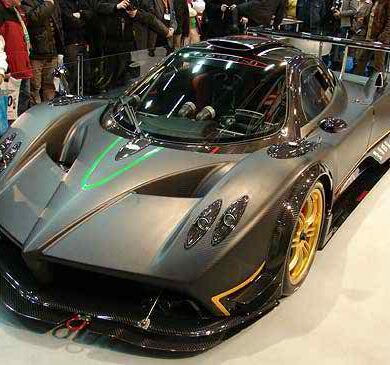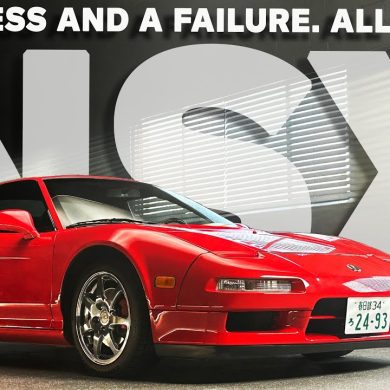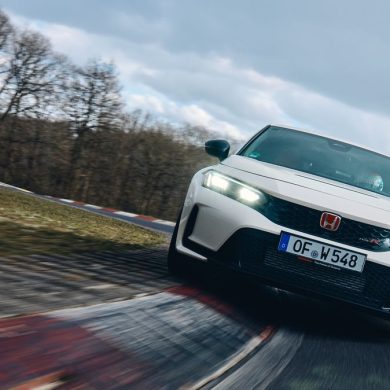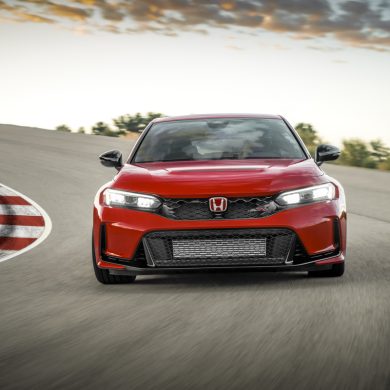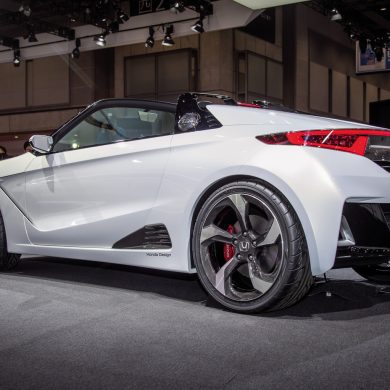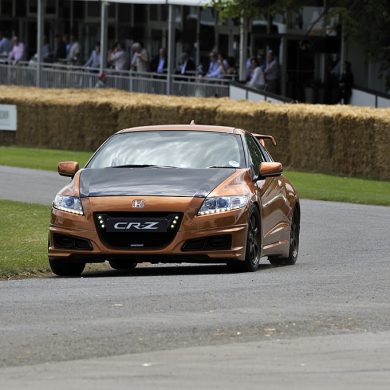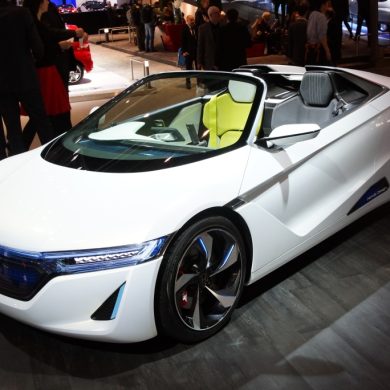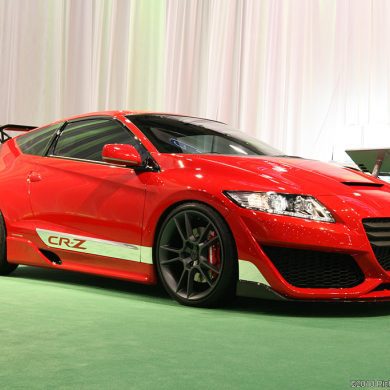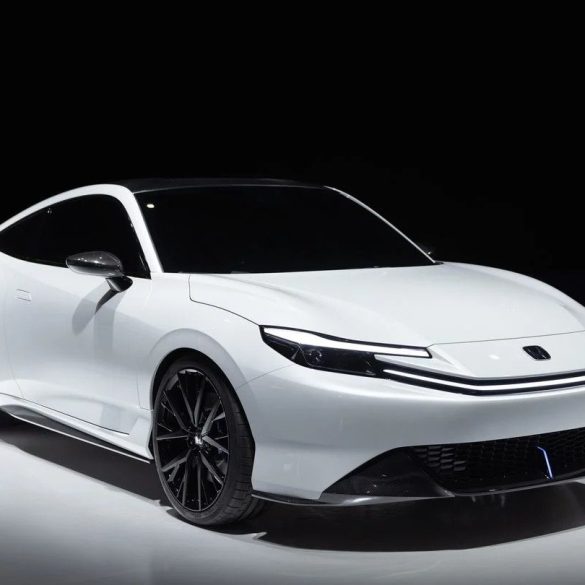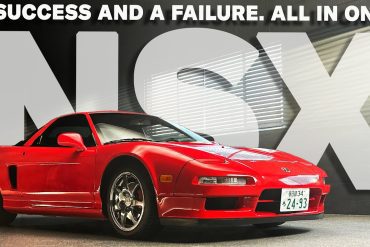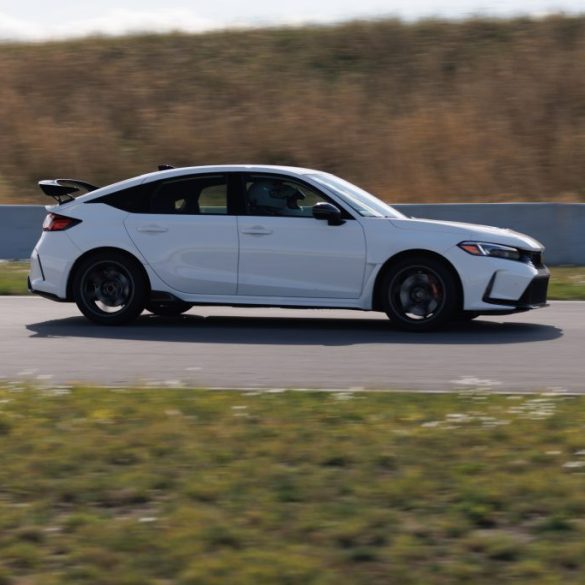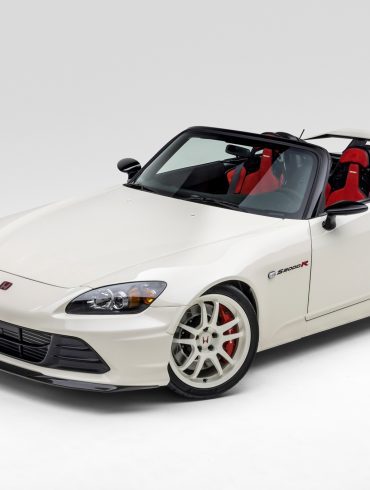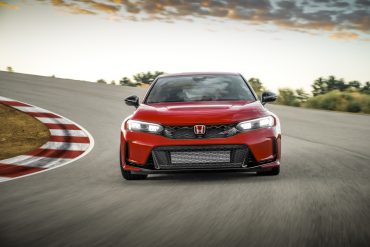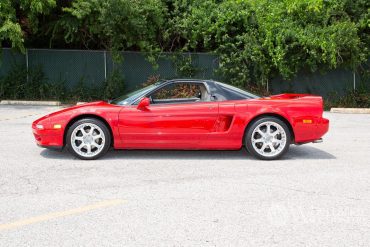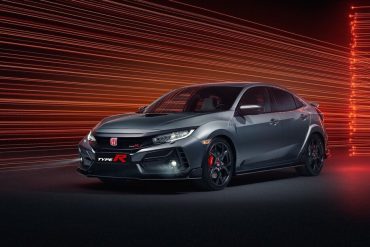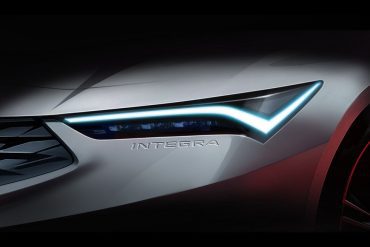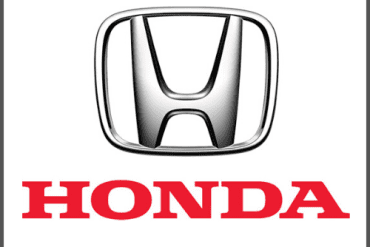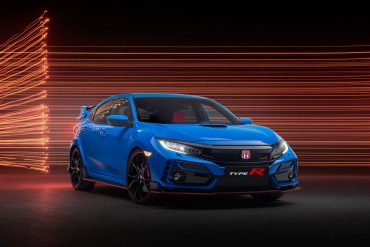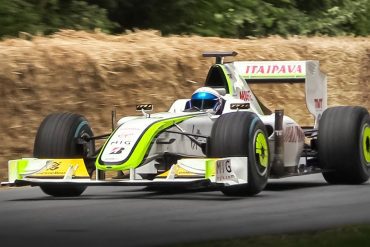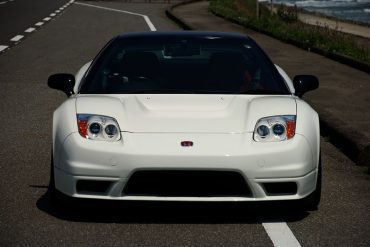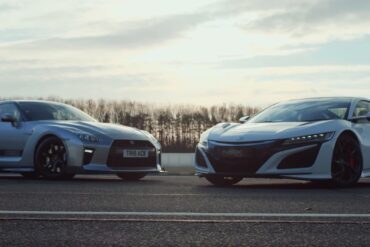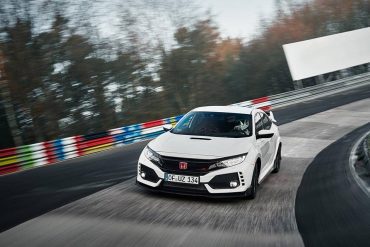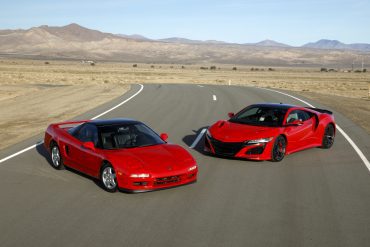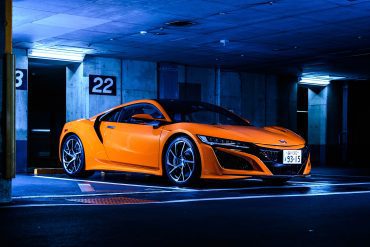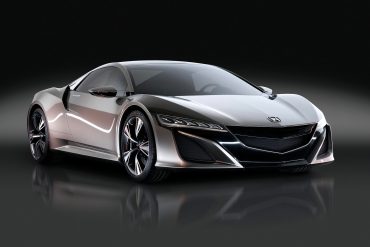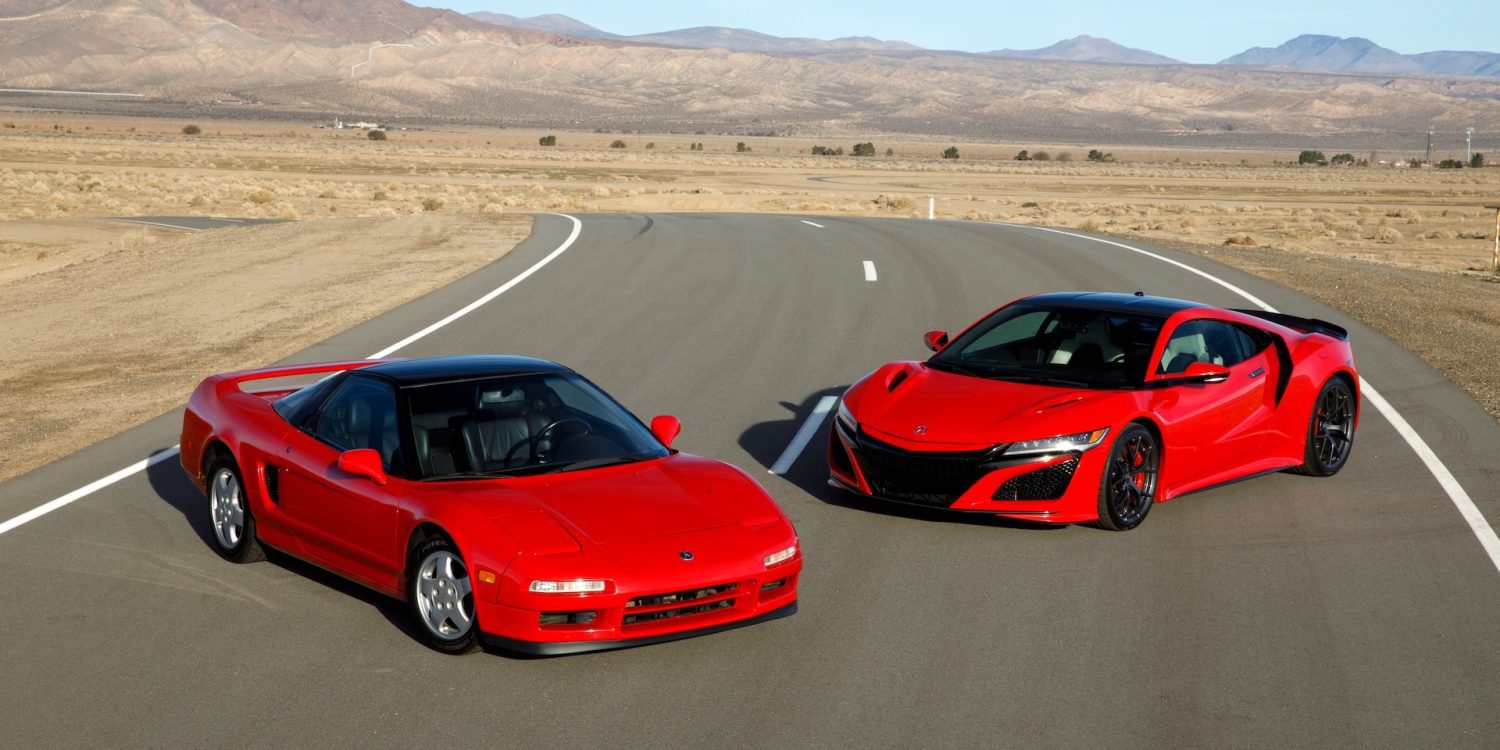
Honda
Research, History, Reviews, Media & More
News / Models / Current Lineup / Model Hubs / Features / The Market / Videos / Images / Best Ever
The Honda Story: Engineering Excellence and Innovation
Honda is a global powerhouse known for producing reliable, fuel-efficient cars, with a commitment to innovation and sustainability. What began as a motorcycle manufacturer in post-war Japan has grown into one of the most influential automotive brands in the world. Let’s explore the history, key models, and milestones that have shaped Honda’s journey from humble beginnings to automotive greatness.
Founding of Honda
Honda Motor Co., Ltd. was officially established in 1948 by Soichiro Honda and Takeo Fujisawa. Soichiro, a self-taught engineer, initially started by producing motorized bicycles using surplus engines after World War II. Takeo Fujisawa joined as a business partner, bringing crucial financial and managerial expertise.
Their collaboration began with motorcycles, and Honda quickly became the world's largest motorcycle manufacturer by 1959. The company’s success in two-wheelers gave Honda the confidence to enter the automobile market in the 1960s, a move that would prove transformative.
The Early Years in Automobiles
Honda introduced its first car, the T360 mini-truck, in 1963. It was powered by a small 360cc engine and designed primarily for utility purposes. The same year, Honda launched the S500, a compact, sporty roadster inspired by the company’s expertise in motorcycles. These models marked Honda’s initial step into the car market.
The Honda Civic: A Turning Point (1972)
In 1972, Honda launched the Civic, a small, affordable, and fuel-efficient car that became an instant hit. It came at a time when the world was grappling with an oil crisis, making the Civic’s efficiency a significant advantage. The Civic also introduced the CVCC engine (Compound Vortex Controlled Combustion), which met emissions standards without requiring a catalytic converter, setting Honda apart as a pioneer in environmentally friendly technology.
Expansion with the Accord (1976)
Building on the success of the Civic, Honda released the Accord in 1976. Known for its refinement and reliability, the Accord became a bestseller in many markets, especially in North America. The Accord’s consistent performance cemented Honda’s reputation for quality and dependability.
Honda’s Entry into Luxury: Acura (1986)
In 1986, Honda became the first Japanese automaker to create a luxury sub-brand with the launch of Acura. Models like the Acura Legend and Integra offered premium features with Honda’s hallmark reliability. Acura’s success encouraged other Japanese automakers, such as Toyota and Nissan, to launch their own luxury divisions (Lexus and Infiniti, respectively).
Performance and Racing Heritage
Honda has a rich history in motorsport. The company entered Formula 1 in the 1960s and became a force to be reckoned with, winning multiple world championships over the decades. This racing pedigree influenced many of Honda's road cars, such as:
Honda NSX (1990): This mid-engine sports car, developed with input from Formula 1 champion Ayrton Senna, showcased Honda’s engineering brilliance and became an icon in the supercar world.
Honda S2000 (1999): Launched to celebrate Honda’s 50th anniversary, the S2000 featured a high-revving, naturally aspirated engine with 120 horsepower per liter, a record at the time.
Innovation with Hybrid and Alternative Technologies
Honda has consistently been a leader in environmentally friendly automotive technologies.
Honda Insight (1999): The Insight was the first hybrid car sold in the U.S., even before the Toyota Prius. It was praised for its exceptional fuel economy.
Honda FCX Clarity (2008): Honda became one of the pioneers of hydrogen fuel cell vehicles, demonstrating its commitment to alternative energy solutions.
The Rise of SUVs and Crossovers
Honda expanded its product lineup to include SUVs and crossovers, appealing to changing consumer preferences:
Honda CR-V (1997): One of the world’s best-selling compact SUVs, the CR-V offers practicality, reliability, and excellent fuel economy.
Honda Pilot (2002): A larger SUV designed for families, offering three rows of seating and off-road capability.
Modern Models and Milestones
Honda Civic Type R: This high-performance variant of the Civic has set lap records at racetracks worldwide, including the Nürburgring, showcasing Honda’s continued focus on engineering excellence.
Honda Ridgeline: Honda’s unique take on the pickup truck features innovations like an in-bed trunk and a built-in audio system.
In 2021, Honda-powered engines helped Red Bull Racing win the Formula 1 World Championship, demonstrating Honda’s ongoing success in motorsport. The company also announced ambitious plans to transition to electric vehicles and hybrids by the mid-2030s.
Special Milestones and Achievements
First Japanese Automaker to Build Cars in the U.S. (1982): Honda opened a production plant in Ohio, becoming the first Japanese automaker to manufacture cars in North America.
Record Sales of the Civic and Accord: Both models consistently rank among the best-selling cars globally, thanks to their blend of reliability, affordability, and performance.
Commitment to Sustainability: Honda aims to phase out internal combustion engines by 2040, focusing on hybrids, EVs, and hydrogen vehicles.
The Future of Honda
As Honda embraces the future, it is focusing on electric mobility and autonomous driving. Recent innovations include the Honda e, a retro-inspired electric car, and continued development of hydrogen fuel cells. Honda’s dedication to sustainability is evident in its goal of achieving carbon neutrality across all operations by 2050.
Honda Company Basics
Founded: Hamamatsu, Japan (October 1946, incorporated 24 September 1948; 76 years ago)
Founder: Soichiro Honda
Headquarters: Minato, Tokyo, Japan
Did You Know?
Honda’s first production car, the T360 (1963), was a mini-truck with a 360cc engine. Surprisingly, this tiny vehicle was marketed for small businesses, not private buyers, showcasing Honda’s unconventional start in the automobile industry.
Introduced in 1972, the Civic was a game-changer. During the 1970s oil crisis, the Civic's fuel efficiency became a significant selling point, helping Honda establish a strong presence in the U.S. market.
Honda's VTEC (Variable Valve Timing and Lift Electronic Control), introduced in the 1980s, revolutionized engines by improving both power and efficiency. It became a beloved feature among performance enthusiasts and remains one of Honda’s engineering highlights.


